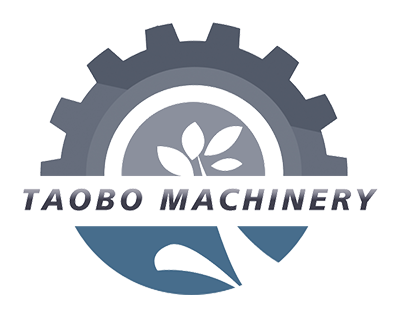Magnetic separator main function : It remove all metals or magnetic clods and soils from beans, sesame and other grains . It is very popular in Africa and Europe .
Magnetic Separator based on different capacity have two types,5TBM-5 Magnetic Separator and 5TBM-10 Magnetic which use for separating the hard clods and soil out from grain,seeds and beans;
Magnetic Separator is stainless steel,with 18000 gauss magnet , which will protect the people outside .Some companies use ordinary carbon steel for the casing, which is likely to lead to adverse consequences.
The machine can work for different grain and seeds,now is mainly for beans to separate the hard soils out.
So how does it work?
Well-known, The iron content in the earth is 5.8%, These iron elements are widely distributed in the soil. This makes the soil easily attractive by magnets. As long as the magnet is strong enough, you can divide it out.
The magnetic separator process revolves around three core steps: generating a magnetic field, attracting magnetic materials, and separating impurities. The detailed logic is as follows:
Magnetic Field Generation: The core component of the device is a permanent magnet (such as a neodymium iron boron magnet) or an electromagnet. When energized, it generates a stable, strong magnetic field in a specific area (called the “magnetic field active zone”).
Material Conveying: The material to be processed (such as grains and beans) flows through the magnetic field active zone at a constant speed via a conveyor belt, chute, or pipe.
Magnetic Adsorption: Magnetic materials in the material (such as iron filings, nails, magnetic ore, and soil) are strongly attracted to the surface of the magnetic roller, plate, or drum by the magnetic field. Non-magnetic materials (such as grains and non-magnetic metals) are unaffected by the magnetic field and continue to move along their original path.
Impurity Separation: As the equipment operates (e.g., the magnetic roller rotates and the scraper moves), the attracted magnetic impurities are carried away from the magnetic field active zone. Once out of the magnetic field, the impurities lose their attraction and fall into a dedicated impurity collection box, ultimately completing the separation of “magnetic impurities from non-magnetic materials.”
In the magnetic separator, we use a super-strong magnetic roller to drive the belt to rotate. Put the seeds and soil together on the belt and make it move. At the end of the belt, the seeds will make a parabolic motion and fall down. At this time, due to the attraction of the super-strong magnetic roller, the movement trajectory of the soil will be disturbed, while the seeds will not be affected. Therefore, the magnetic separator can separate the seeds from the soil.
Applicable Grain Types
As a universal auxiliary device in the grain cleaning process, magnetic separators can be used to process various granular and powdered grains. Common applications include:
Legumes: such as soybeans, chickpeas, red beans, and mung beans.
Small grains: such as sesame, millet, oats, and quinoa.
Bulk grains: such as wheat, rice, corn, and sorghum. (The magnetic separator’s material channel width must be adjusted based on grain size.)
This has led to many South American customers liking this machine, but not too many sales in Africa (except Ethiopia). We are committed to promoting this machine so that customers can use better machines and people can eat cleaner grains.
Post time: Oct-27-2025










